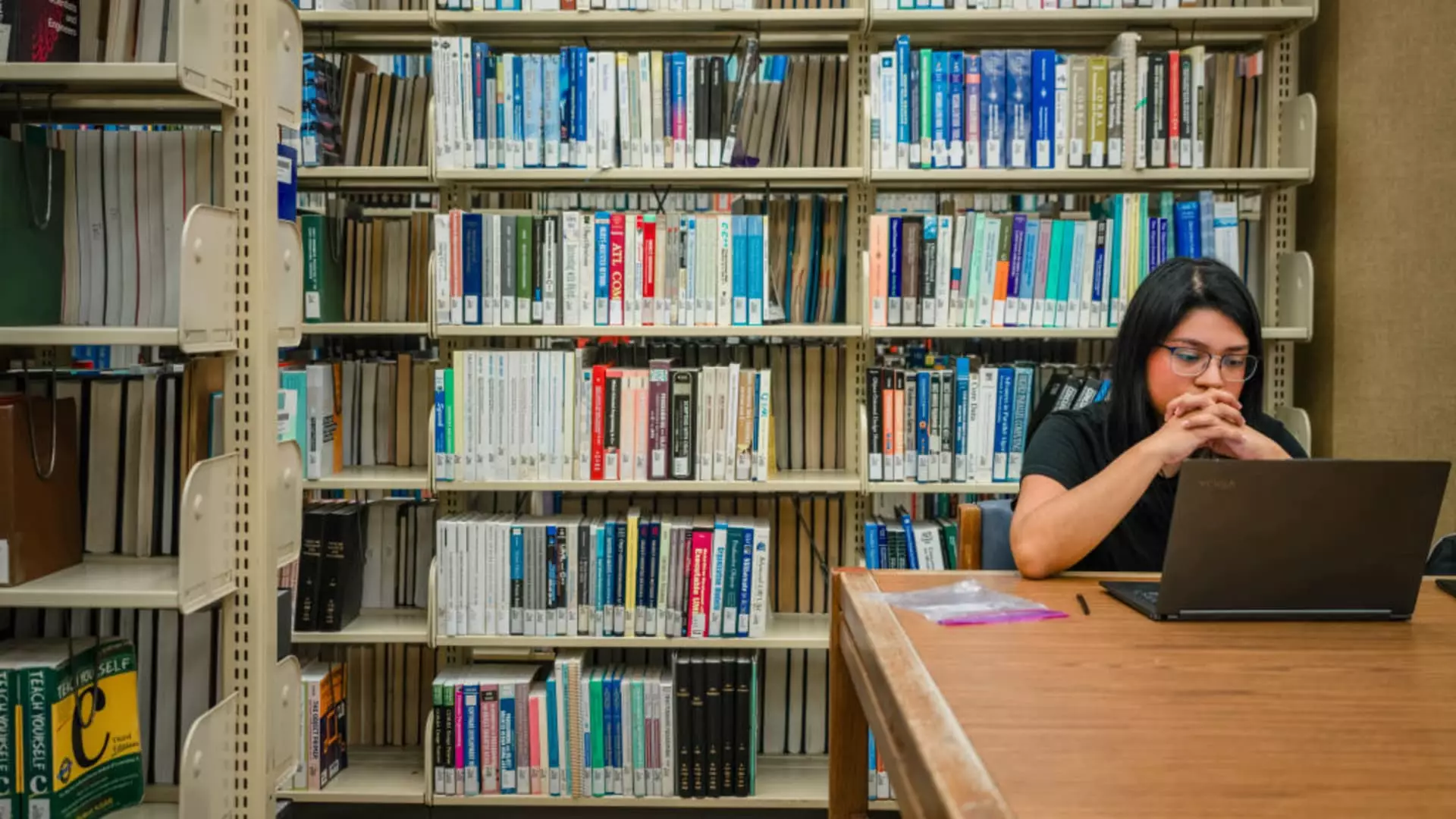The recent overhaul of federal student loan policies under President Donald Trump’s proposed legislation heralds a shift that could radically reshape higher education in America. While proponents tout it as a prudent measure to curb excessive borrowing and promote fiscal responsibility, this sweeping crackdown on federal student loans threatens to deepen inequalities, stifle socioeconomic mobility, and undermine the very foundations of a diverse, innovative society. Instead of addressing the root causes—such as soaring tuition and inadequate financial aid—the government’s move to impose rigid borrowing limits risks creating a two-tiered system favoring the privileged over the underrepresented.
Restricting federal borrowing to a lifetime cap of $257,500 sounds like a sensible measure at first glance, but this arbitrary ceiling overlooks the realities faced by students aiming for professional and healthcare careers. These fields inherently require significant investment—medical students often graduate with hundreds of thousands of dollars in debt, and now they’ll be faced with diminishing federal support. This policy effectively penalizes students pursuing vital yet costly careers, threatening to worsen existing shortages in critical professions like medicine, law, and dentistry. More alarmingly, it signals a shift away from a society that values education as a pathway to equity and progress toward one that implicitly discourages pathways to the most impactful careers.
Unequal Access and the Rise of Private Debt
One of the most troubling aspects of this policy is its potential to widen the gap between those who can afford higher education and those who cannot. For low-income students, federal loans are often the only viable means to finance their ambitions. Limiting these options pushes such students toward private lenders—where risk and costs are higher, and borrower protections are fewer. Unlike federal loans, private student loans hinge heavily on creditworthiness, often excluding lower-income applicants or saddling them with skyrocketing interest rates. This could lead to a bleak future where wealth, not talent or dedication, determines access to higher education and professional opportunity.
Moreover, the shift could inadvertently incentivize universities to elevate tuition prices, knowing federal support now has a ceiling. Without adequate aid, students may be forced to seek private loans or abandon their aspirations altogether. The promise of higher education as a ladder out of poverty is now under threat. Instead of creating more pathways, these restrictive limits risk pigeonholing countless students into a cycle of debt and limited mobility, undermining the core American ideal of equal opportunity.
The Implications for Society and the Economy
Beyond individual futures, the new loan caps carry broader societal consequences. America’s talent pipeline is crucial for innovation, economic growth, and maintaining global competitiveness. By discouraging students from pursuing costly but essential fields like medicine and advanced technology, this policy could diminish the nation’s leadership in science, healthcare, and engineering. The predicted decline in enrollment for professional programs suggests that the policy has not been comprehensively thought through—it could lead to a shortage of healthcare providers, lawyers, and engineers, impeding societal progress.
Financially, the move appears shortsighted. While it aims to reduce federal spending and curb student debt, history demonstrates that the issue runs deeper than borrowing limits alone. Tuition costs continue to outpace inflation, and federal aid needs to be significantly reformed rather than capped. Without addressing the root problems—like high administrative costs and profit-driven university models—restrictions will simply push students further into private debt, which often offers less consumer protection and exacerbates financial insecurity.
Challenging the Discourse on Fiscal Responsibility
Critics might argue that these measures are necessary for fiscal discipline, but this viewpoint dismisses the societal value and long-term benefits of accessible higher education. Education is not solely a personal investment but an investment in society itself. When talented individuals are held back by financial barriers, society pays the price in reduced innovation, higher public health costs, and diminished economic dynamism.
Furthermore, the narrative of reducing student debt through borrowing caps is misleading—it merely shifts the burden from federal coffers onto private lenders and students. This approach neglects the root causes of the crisis—skyrocketing tuition, decreasing state funding for public colleges, and a market-driven higher education system that treats students as commodities. Instead of fostering a fair and inclusive system, restricting federal aid enforces a neoliberal model that favors those already advantaged and leaves the less fortunate to navigate an increasingly treacherous financial landscape.
A Call for Thoughtful Reform, Not Restriction
This legislative shift is less about sound financial stewardship and more about ideological austerity—an attempt to cut costs at the expense of social equity. It signals a troubling trend toward viewing education as a privilege for the wealthy rather than a right for all. Sensible reform would focus on reducing tuition, expanding income-driven repayment options, and increasing public investment in higher education—steps that would genuinely improve access and opportunity.
Restricting federal student loans, especially in the absence of comprehensive reforms, risks creating a bifurcated society where only the privileged can afford to aspire to careers that truly matter. Education should empower, not entrench inequality. This policy, rather than being a prudent fiscal measure, resembles a reckless gamble with America’s future—a gamble that sacrifices the collective good for questionable budgetary savings. It’s an outlook that prioritizes austerity over innovation, inequality over fairness, and short-term savings over long-term societal health.

